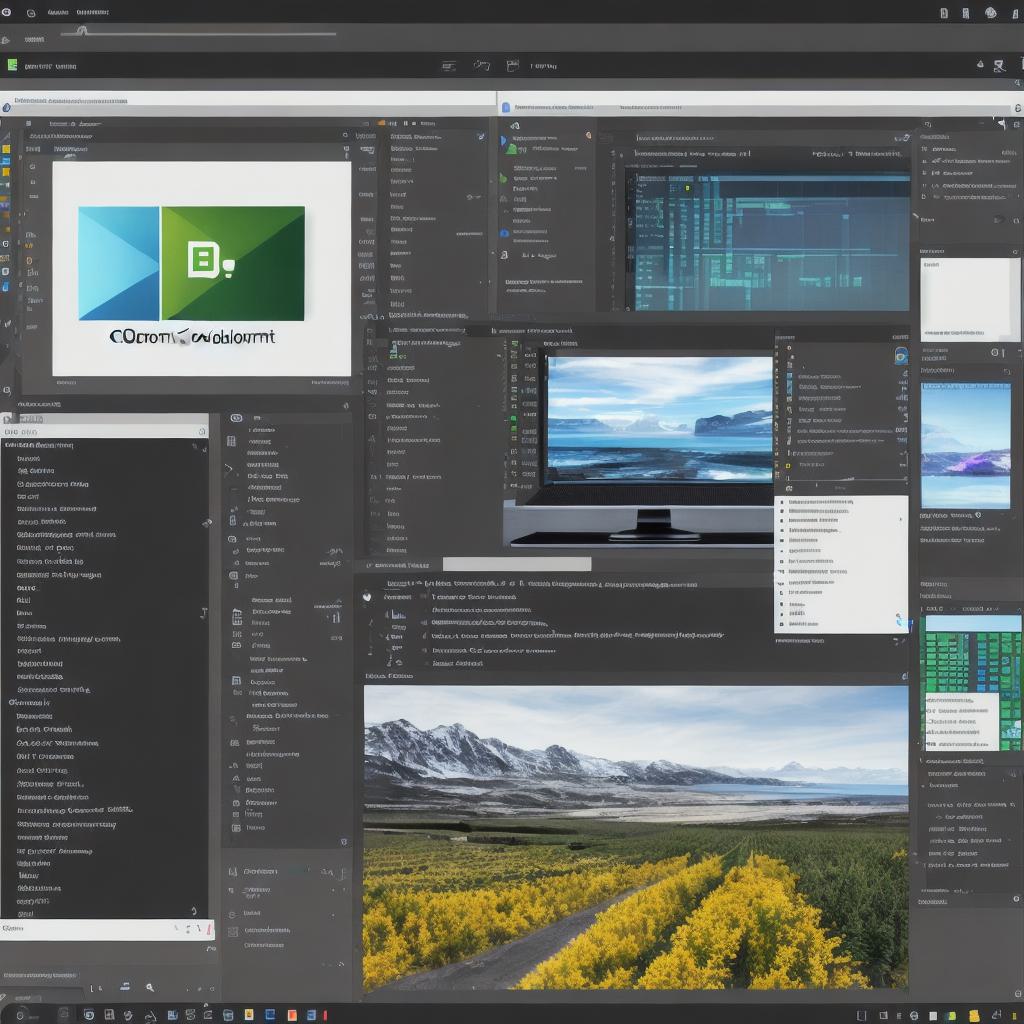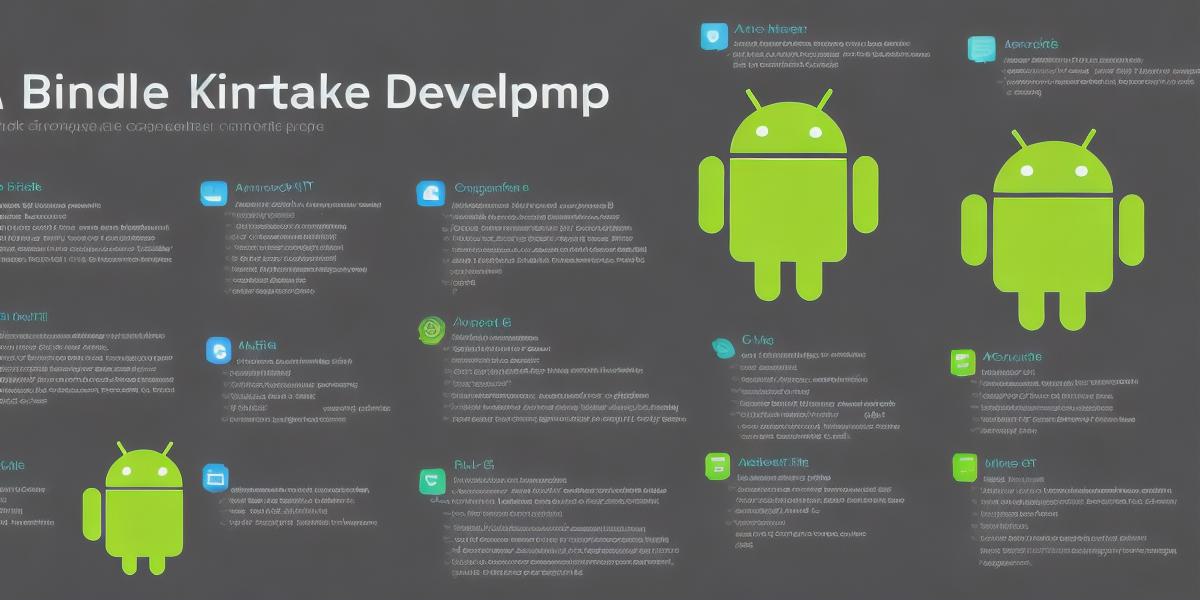The Essential Components of an Android Development Kit and How it Can Help You Create Mobile Applications
As a budding android developer, you know the importance of having the right tools to create engaging and efficient mobile applications. One such tool is the Android Development Kit (ADK), which provides developers with everything they need to develop Android apps. In this article, we’ll explore the essential components of an ADK and how it can help you create mobile applications that stand out from the crowd.
- Integrated Development Environment (IDE)

The first component of an ADK is an Integrated Development Environment (IDE). An IDE is a software application that provides developers with all the tools they need to write, test, debug, and deploy code. It’s a one-stop-shop for all your development needs. Android Studio is currently the most popular IDE used by android developers. - Android SDK Platform Tools
The second component of an ADK is the Android Software Development Kit (SDK) Platform Tools. These tools include the Android Debug Bridge (ADB), which allows you to run commands on your Android device from your computer, and a set of build tools, which are used to compile and debug code. The Android SDK also includes a range of libraries, frameworks, and APIs that can be used to develop mobile applications. - Emulators
Another important component of an ADK is emulators. Emulators allow developers to test their apps on virtual devices, without the need for physical devices. This is especially useful when developing apps for multiple screen sizes and resolutions. Android Studio includes several built-in emulators, but you can also download third-party emulators if needed. - Sample Projects
The ADK also includes a range of sample projects that can be used to learn about the various components of the SDK and how they can be used to develop mobile applications. These projects include everything from simple "Hello, World!" apps to more complex games and productivity tools. - Documentation and Guides
Finally, an ADK includes documentation and guides that provide developers with detailed information about each component of the SDK and how it can be used to develop mobile applications. This information is invaluable for new developers who are just starting out on their journey to becoming proficient in android development.
So, why use an Android Development Kit? The answer is simple – it provides you with all the tools you need to create engaging and efficient mobile applications. With an ADK, you can write code, test your apps, debug them, and deploy them all from one software application. You can also take advantage of a range of libraries, frameworks, and APIs that can be used to develop mobile applications more quickly and efficiently.
In conclusion, if you’re an android developer looking to create mobile applications that stand out from the crowd, you need an Android Development Kit. With its range of essential components, including an IDE, Android SDK Platform Tools, emulators, sample projects, and documentation and guides, an ADK provides developers with everything they need to develop engaging and efficient mobile applications.
